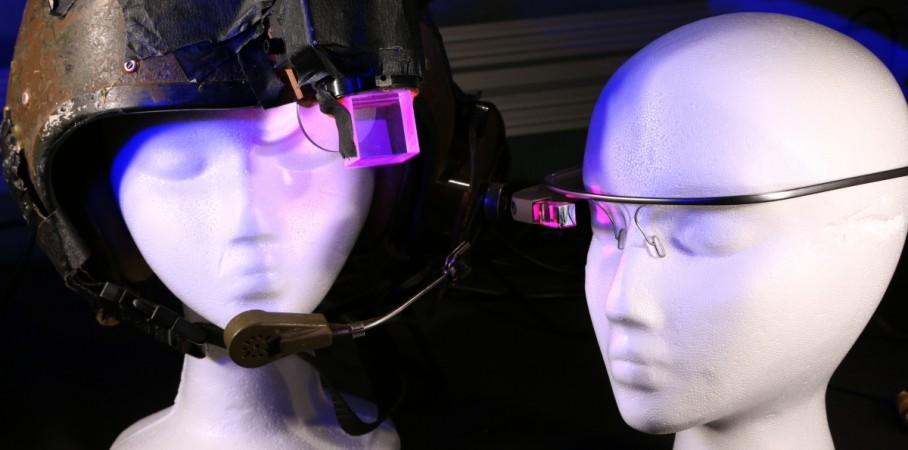
Google may have abruptly suspended the sale of its highly-advanced tech eyewear, but looks like the web giant hasn't dropped the idea altogether.
While the news of suspended sales of Google Glass made headlines, Wall Street Journal hinted at Google Glass 2.0 being in the works. The publication also pointed out that the second version of the wearable gadget will arrive in 2015. If this turns out to be true, Google's I/O conference in June is suitable for the big launch. However, nothing is official yet.
While we anticipate Google's next announcement on its Glass 2.0, there are a lot of realistic expectations from hopeful fans of Google's advanced technology. Narrowing down the list to most sensible upgrades, here are top 5 features that we hope to see in the next Google Glass model that have a good fighting chance.
Lasting Battery Via Intel Chips
Google is reportedly working on a new set of processing chips. According to WSJ, the Google Glass 2.0 will have Intel chip inside instead of Texas Instrument and will bring immense focus on power conservation, which was one of the major pain points for Glass owners.
"It isn't clear what Intel chip Google will use in the new version of Glass, but there will be an emphasis on power conservation," WSJ reported, citing people familiar with the matter.
By making Google Glass run for long hours, users will be able to take it out without worrying about charging the device. The current iteration of the Glass did not last for more than 3-5 hours even though Google advertised it to run up to one day in typical use.
Stylish Design (Less Geeky)
Google Glass clearly failed to bring the "cool" factor into picture. The web giant can focus on styling of the next model to make an irresistible appeal to the audience. Google partnered with Luxottica, ---- the company behind renowned brands like Oakley and Ray-Ban -- to make different models of the Glass. Google could use this partnership to make the Glass 2.0 more attractive.
Affordable Price Point
Google Glass ended up being in hands of few so-called Explorers even though many people wanted to take the wearable for a spin. One of the major reasons that kept people from doing so was the hefty price tag. The $1,500 price tag was clearly not the price a regular consumer was willing to pay for a pair of computer tech eyewear.
If Google wants to have a higher success rate for its Glass 2.0, there must be a serious consideration in the price area. Making it affordable will get the wearable tech into many hands.
Deeper Integration with other wearables
Google's current status in wearables is highly regarded and it would be great to see the next Glass model to make the best of it. With Android Wear powering almost all wearable smartwatches, Google Glass 2.0 can add more value to the niche platform. In fact, pairing with smartwatches can be a thoughtful integration.
Google Glass already supports Android and iOS devices and the next model can advance into making the wearable more accessible.
Kinect-Like Gesture Recognition Tech
This may seem like a long shot but is a sensible upgrade to the current gizmos offered by Google in the Glass. According to Bernard Kress of GoogleX, the secretive lab where all the next-gen products like driverless cars are developed, Kinect-like depth camera to recognise wearer's gestures like hand waves and finger clicks, can be a great addition. According to Cloud Computing, Kai Kunze at Japan's Osaka Prefecture University hopes to see gaze-tracking sensor in Glass 2.0 that can help readers guide in the right reading context.















